Is your hunting game missing something?
Looking to draw in some wild predators with just one call? Enter - the predator call. It’s a revolutionary piece of equipment that will attract the most prized animals without giving away your location or making noise in the distance. Plus, it takes any guesswork out of calling, allowing you to focus on what matters – catching that big game with ease!
Predator calls gets results where other calls cannot get close and its special features help you fox even more prey into range for an easier shot. As well as being simple to use, these one-of-a-kind tools will elevate your hunting skills up a notch by mastering every type of sound from basic distress screams to true vocalizations and longer songs, so you can make sure each hunt is successful time after time.
Read our comprehensive guide and see how effective they really are!
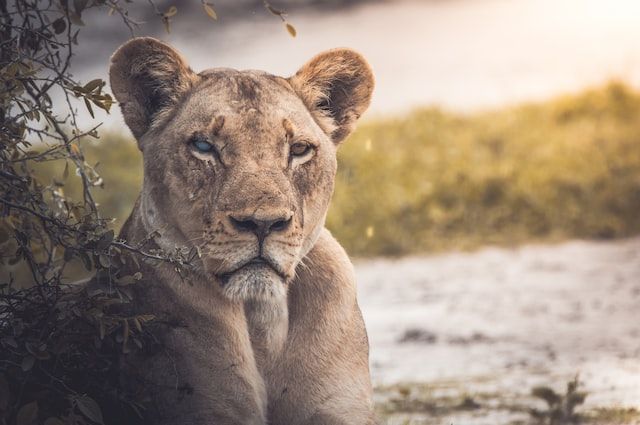
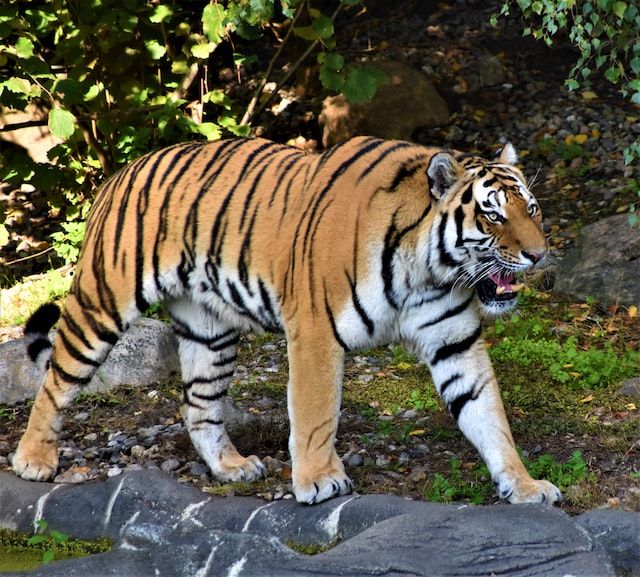
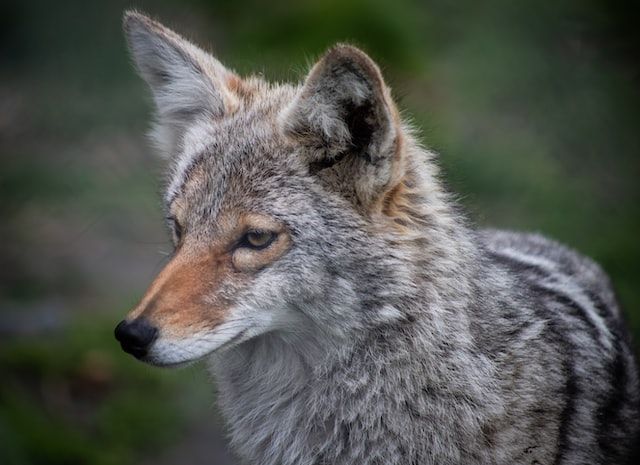
Benefits Of Predator Calls
Utilizing a Predator Call can dramatically increase your chances of luring your prey successfully. Their design and functionality is specifically crafted to invite all types of predators solely by mimicking their calls.
We've compiled a list of our Top 5 Benefits for using Predator Calls.
- Improved Accuracy: By providing a clear and distinct sound that is heard from far off distances, this makes it easier to direct your prey towards you.
2. Increased Hunting Success: Determining the correct call sound to use, hunters are able to attract the attention of predators and narrow down the right area to scout for a successful hunt.
3. Target Specific Species: Equipped with a vast range of call vocalizations, a hunter is able to target their species of choice more accurately.
4. Improved Stealth: Using a predator call not only creates distance between you and the prey but allows for the hunter to remain undetected which is a huge advantage.
5. Enhanced Enjoyment: What greater thrill exists than being in the great outdoors, enjoying nature and bagging that perfect game.
Mouth Calls
Mouth calls are one of the most popular choices when it comes to hunting predators. They usually consist of several reeds or latex pieces that vibrate against each other when air is blown through them.
These reeds produce a range of sounds, from distressed prey calls to aggressive predator growls and barks. Mouth calls are relatively inexpensive and they’re easy to use—all you have to do is learn how to properly manipulate your breath.
However, they can be difficult to master and they require quite a bit of practice before you can get good sound out of them.
Electronic Calls
If you want something easier than mouth calls but still want realistic-sounding predator calls, then an electronic call might be right for you.
Electronic calls are powered by batteries and emit pre-recorded animal sounds at the press of a button. They come in a variety of sounds ranging from coyote howls and jackrabbit screams all the way up to elk bugles.
Electronic calls are incredibly easy to use; simply press a button and wait for a response! However, they can be quite expensive compared with other types of predator calls—prices range from $50-$500+.
Distress Calls
Distress calls mimic the sound of small animals in danger or distress—think mice squeaking or birds squawking—and they’re designed specifically for attracting predators like coyotes, bobcats, foxes, etc.
Distress calls come in various styles such as hand-held squeakers or electronic models that feature multiple pre-recorded distress sounds at once.
They’re quite easy to use (just squeeze or push the appropriate buttons) but their effectiveness depends on your ability to accurately imitate animal vocalizations—which could take some practice!
Also keep in mind that distress calls won’t work on all predators; some species may not respond at all while others may ignore them altogether if there isn't enough cover for them hide behind nearby!
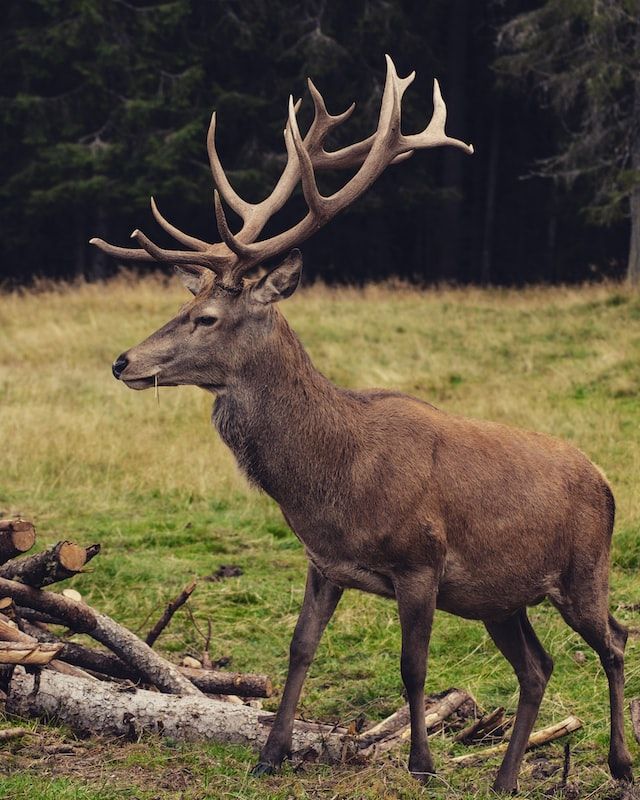

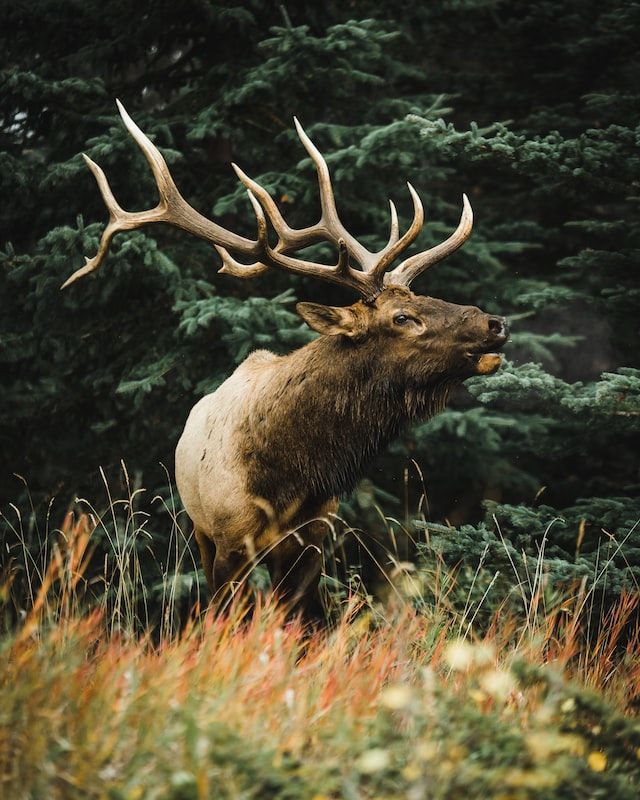
Predator Calls FAQs
You're out in the field, and you see a deer in the distance. You pull out your trusty predator call to try to lure the deer closer, but you're not sure how it works.
Using a predator call can be tricky- there are so many different types and brands on the market, it's hard to know which one is right for you.
We've compiled the most frequently asked questions about predator calls so that you can make an informed decision before buying one. From what type of predator call to use for which animal, to how to make the perfect sound, we have you covered.
What is the fastest way to attract coyotes?
Attracting coyotes might seem daunting at first, but it's surprisingly easy to do with a few simple steps.
The first step is to create a good coyote habitat. Coyotes thrive in open spaces with plenty of cover and hiding spots such as shrubs, brush piles, rock outcroppings, and logs. Make sure that you provide areas of tall grass and weeds for them to hide in as well. If necessary, fence off the habitat area from other animals or humans who could scare away the coyotes.
Once you have the perfect place for them, start by adding food sources that will attract them to your areas such as small mammals like mice and voles, bird eggs, or carrion (dead animals). Additionally: placing fruit around your property can also be an effective way to draw attention from hungry coyotes. Be careful not to leave scraps lying around though; doing so may result in habituated/problem animals visiting regularly due to easy access to food sources provided by humans which can be dangerous for both humans and wildlife alike!
In addition, using scent lures or calling out using recorded vocalizations are great ways of attracting coyotes faster than anything else while making sure that no actual harm comes their way from our end during the encounter! Different scents will bring different types of results so make sure you know what type appeals most before investing in different sorts but keep in mind these should only be used sparingly depending on region regulations regarding nonlethal control methods - otherwise stick with more natural attractants instead!
Why are coyotes not coming to my call?
Coyotes are highly adaptable animals, and their behavior can vary significantly from one region to another.
In some cases, they may not respond to your calls because they recognize the sound as artificial and therefore do not feel comfortable approaching it.
One possible explanation could be that you aren’t using an accurate impression of a coyote howl.
Coyotes communicate with each other through a range of different sounds, including high-pitched barks and yips as well as various combinations of yodeling vocalizations.
If your call sounds too exaggerated or artificial compared to what coyotes in the area use for communication, then they may ignore it altogether.
What are the four types of predators?
Predators can be classified into four distinct types: vertebrate predators, invertebrate predators, plant predators, and microbial predators.
Vertebrate Predators - Vertebrates are animals with a backbone or spinal column. Examples of vertebrate predators include mammals such as lions and wolves, reptiles such as crocodiles and snakes, birds such as hawks and falcons, and fishes such as sharks and tuna. These animals hunt other animals for food by using their sense of smell, sight, or hearing.
Invertebrate Predators - Invertebrates are animals without a backbone or spinal column. Examples of invertebrate predators include spiders (which spin webs to capture prey), centipedes (which use poison to paralyze their prey) caterpillars (which use camouflage to surprise their victims), ants (which swarm over small creatures), and blood-sucking parasites like fleas or leeches which live on the bodies of larger hosts.
Plant Predators – Plants are capable of predation too! Many plants have evolved defensive strategies that allow them to capture prey to get essential nutrients such as nitrogen or phosphorus from their victim’s body fluids. The most famous examples are carnivorous plants like Venus flytraps which snap shut on unsuspecting insects that come too close.
Microbial Predators – Finally let’s not forget microbes! Bacteria may seem incredibly insignificant but they form one of the largest food webs on earth because they feed off each other in vast numbers This is especially true in deep ocean environments where no sunlight reaches: here bacteria produce energy by consuming organic matter normally found at hydrothermal vents supplying oxygen-rich waters full life-sustaining chemosynthesis!
What to do if a Predator approaches you?
If you find yourself in the situation of being approached by a predator, it is important to keep your wits about you and remember that the primary goal is to get away from them safely. Here are some helpful tips on how to best handle such an encounter:
1. Remain calm: It is essential to remain as level-headed as possible during any encounter with a potential predator. Keeping your composure and avoiding panicking will help ensure that you can assess the danger accurately and take smart action accordingly.
2. Keep your distance: Do not approach or engage with predators; rather, stay at least 6 feet away from them if possible and back away slowly if they come close. This can help prevent an escalation of violence since it demonstrates your lack of fear and unwillingness to be intimidated by their presence
3. Make noise: Draw attention to yourself (and potentially scare off the predator) by raising your voice (yelling/screaming), clapping loudly, yelling for “help”, or using a whistle or other device which makes loud sounds when activated
4. Physical resistance: If physical contact has already been initiated or cannot be otherwise avoided, then engaging in physical defensive movements like blocking punches & kicks while simultaneously attempting escape may become necessary
5. Report immediately after escaping: Once you have safely removed yourself from the situation it is important that you report what happened right away so authorities can investigate before any further harm occurs (especially in cases where criminal behavior is suspected). Gather evidence if able – at minimum having names & descriptions of any possible suspects involved could be highly beneficial for law enforcement
As you can see, there are several different types of predator call available depending on what kind of results you're after.
Mouth calls require some skill (but they're inexpensive) while electronic models make it easy (but cost more). Distress calls offer realistic animal vocalizations (but may not work with every species).
Ultimately, choosing the right call will depend on your budget as well as your goals for using it. We've done the research so you don't have to! To browse our Top Picks for Best Predator Calls please click the link below!

Your Friends,
LoveNatureReviews Team









